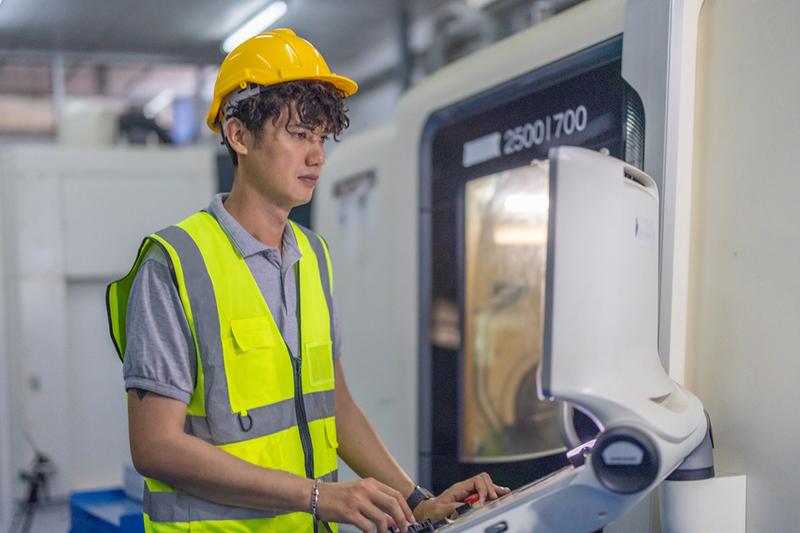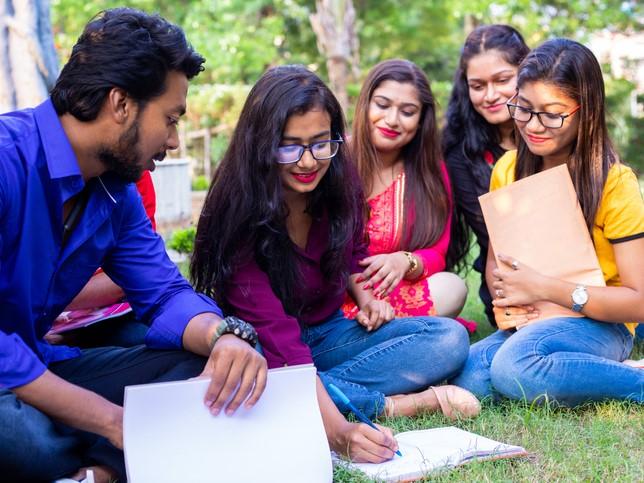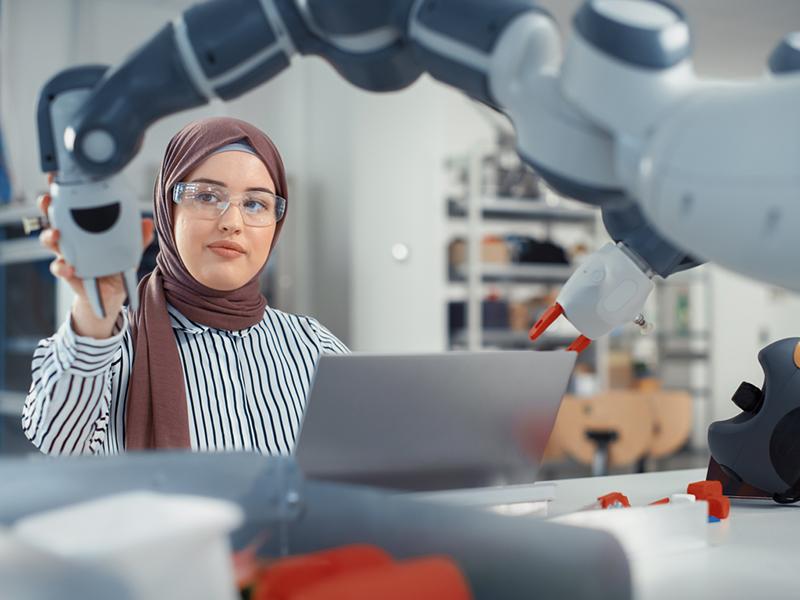While discussions about the impact of artificial intelligence on higher education dominate academic conferences, a critical gap persists between awareness and action in Indian universities. Students continue to graduate into an uncertain job market, while institutions struggle to bridge the divide between academic learning and industry needs.
Our survey of 2,800 faculty members across Indian higher education institutions reveals concerning preparedness gaps: only 30 per cent implement strategic career approaches beyond traditional research metrics, 25 per cent actively integrate research with industry engagement, and 18 per cent develop practical communication skills. This disconnect becomes particularly problematic as India’s technological sector rapidly advances while academic institutions remain largely outside these dynamic changes.
The industry integration solution
The most effective transformation strategy for Indian universities lies in systematic industry integration that moves beyond superficial partnerships and towards deep curriculum collaboration. Rather than hoping market alignment will occur naturally, institutions must reverse-engineer academic programmes from verified industry needs.
- How Indian universities can address the country’s talent crisis
- Spotlight guide: How to work well with industry
- Bridge the gap between knowledge and solutions with industry partnerships
Our six-month implementation at Woxsen University demonstrates this framework’s practical effectiveness, achieving more than 130 industry partnerships, 100 per cent faculty participation in transformation training, and 75 per cent of students receiving industry-validated credentials with significantly improved employment outcomes.
The 90-day implementation framework
The programme has three phases that move from identifying partners to co-designing the curriculum.
Phase 1: Industry partner identification
Target five to 10 major regional employers across sectors relevant to your academic programmes. Focus on companies demonstrating consistent hiring patterns and long-term growth prospects, including established corporations, mid-sized companies and emerging start-ups. In the first 30 days, the aim is to map and research companies, make contact and secure commitment.
Phase 2: Job role analysis
Work directly with partner employers to understand competency requirements rather than relying on generic job descriptions. This involves shadowing employees in target roles, interviewing hiring managers about skill gaps, analysing real project challenges that new hires face, and identifying both technical and soft skills that predict success.
Phase 3: Curriculum co-design
The critical transformation occurs when industry partners become active curriculum co-designers rather than passive consultants. Ensure at least half of your programme content addresses real business challenges. In weeks nine to 12, partner with industry professionals to redesign pilot courses (we suggest two or three), integrate live business challenges into course projects and recruit industry mentors.
Implementation of university-industry collaboration in the Indian context
This framework works particularly well in India’s diverse economic landscape:
- IT corridor partnerships: In cities such as Bangalore, Hyderabad and Pune, universities can establish learning nodes within IT parks where students work directly in company environments while contributing to real projects.
- Manufacturing hub integration: In industrial regions like Gujarat, Tamil Nadu and Maharashtra, partnerships with manufacturing companies create hands-on learning laboratories addressing the country’s Make in India initiative.
- Start-up engagement: India’s start-up ecosystem provides students with experience of entrepreneurship through formal partnerships with incubators and accelerators.
- Government collaboration: Partnerships with municipal corporations and public sector undertakings create opportunities for students to work on digital governance and smart-city initiatives.
How universities can evolve to support industry partnerships
Academic career structures often offer incentives for narrow specialisation rather than industry-relevant skills. Transform faculty development with training and support to collaborate directly with industry partners in curriculum design, to build relationships with regional employers and to evaluate students’ workplace competencies.
Meaningful transformation doesn’t require major capital expenditure. Low-cost infrastructure solutions include:
- adapting spaces to create environments for collaborative working
- implementing free online platforms (such as Google Workspace or Microsoft Teams) that students will use in workplaces
- establishing virtual mentorship programmes with industry professionals
- partnering with local businesses and co-working spaces for real-world learning environments.
Assessment may also need to undergo a revolution. Move from traditional Indian examination systems (often 70 to 80 per cent weightage) to 60 per cent based on project work and industry challenges, with the remainder on traditional exams. This addresses the chronic issue of rote learning that Indian employers frequently cite as a major graduate weakness.
Develop assessment criteria in partnership with industry – think of major Indian employers like TCS, Infosys, Wipro and regional industry leaders. Learning outcomes should reflect job requirements such as multicultural team skills and understanding of Indian business contexts.
Critical success factors
Success depends on sustained leadership commitment, genuine faculty engagement through professional development, meaningful industry partnerships involving curriculum co-design (such as faculty co-teaching with industry professionals) rather than superficial arrangements, and continuous measurement of student employability outcomes.
The framework provides a practical pathway that addresses systematic challenges facing Indian higher education while offering concrete solutions that institutions can begin implementing immediately. Universities that proactively reshape their educational models through systematic industry integration will emerge as leaders in preparing students for India’s rapidly evolving economy.
Raul Villamarin Rodriguez is vice-president and professor of cognitive technology and Hemachandran K is vice-dean and director of the AI Research Centre, both at Woxsen University, India.
If you’d like advice and insight from academics and university staff delivered direct to your inbox each week, sign up for the Campus newsletter.




comment